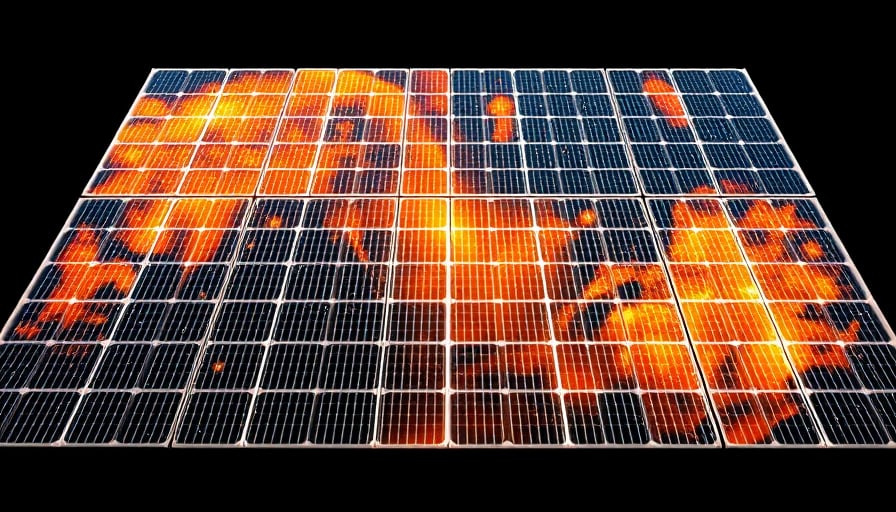Stellantis NV Expands Electrification Strategy with NACS Compatibility and New Jeep Recon
Stellantis NV, the multinational automotive group, has outlined a two‑part initiative aimed at accelerating its transition to battery‑electric vehicles (BEVs). The company will equip its future BEV lineup with North American Charging System (NACS) compatibility beginning in 2026, granting customers access to the extensive Tesla Supercharger network across North America, Japan, and South Korea. Simultaneously, Stellantis has unveiled the 2026 Jeep Recon, an all‑electric sport‑utility vehicle (SUV) that seeks to merge high‑performance electric propulsion with the brand’s legacy of off‑road capability.
NACS Compatibility: Unlocking a Global Supercharger Ecosystem
NACS, the proprietary charging standard developed by Tesla, has become the de facto reference for rapid charging infrastructure in the United States. By adopting NACS, Stellantis positions itself to leverage a pre‑existing, high‑density charging network that spans more than 30,000 stations worldwide. This strategic alignment offers several benefits:
| Benefit | Impact |
|---|---|
| Charging Convenience | Drivers gain instant access to fast charging without the need for multiple connectors, simplifying the ownership experience. |
| Cost Efficiency | Building new charging infrastructure is capital intensive; leveraging Tesla’s network reduces upfront investment and speeds market entry. |
| Market Penetration | NACS compatibility may lower the barrier to entry for customers accustomed to Tesla’s network, potentially increasing sales of Stellantis’ electric models. |
| Regulatory Alignment | Governments in North America, Japan, and South Korea are advancing mandates for rapid charging infrastructure. NACS compatibility aligns Stellantis with these regulatory trends. |
The move also reflects a broader industry trend toward standardization. While the Society of Automotive Engineers (SAE) has introduced the J1772 standard for Level 2 charging and the CCS (Combined Charging System) for DC fast charging, the dominance of a single, widely deployed network offers tangible advantages for OEMs and consumers alike.
The 2026 Jeep Recon: Performance Meets Heritage
The Jeep Recon is positioned as an all‑electric SUV that retains the rugged character synonymous with the Jeep brand. Key specifications and design philosophies include:
- Powertrain: Dual‑motor all‑wheel drive with a target output of 350 kW and a torque curve optimized for off‑road torque delivery.
- Range: An estimated 350 km (217 mi) on a single charge, using a 100 kWh battery pack.
- Charging: 150 kW DC fast charging capability, fully compatible with NACS Superchargers.
- Design: Retains the iconic seven‑bar grille and off‑road suspension architecture, updated with lightweight composite materials.
The Recon aims to bridge the gap between consumer expectations for high performance and the growing demand for sustainable mobility. By delivering a vehicle that can handle challenging terrain while offering instant access to fast charging, Stellantis strengthens its competitive positioning in a market where ruggedness and electrification are increasingly intertwined.
Strategic Implications Across Industries
Stellantis’ dual strategy of NACS compatibility and the Jeep Recon rollout signals a deliberate shift toward platform integration and ecosystem collaboration. These moves can be analyzed through the lens of several overarching economic and industry dynamics:
| Industry | Relevance | Implication |
|---|---|---|
| Automotive | Shift to electrification | Standardized charging reduces fragmentation; OEMs must balance proprietary branding with interoperability. |
| Energy & Utilities | Expansion of charging networks | Demand for renewable‑powered, high‑capacity chargers rises; utilities may partner with OEMs to deliver clean energy solutions. |
| Technology | Connectivity and data platforms | Integration of vehicle‑to‑grid (V2G) capabilities becomes feasible when vehicles share a common charging protocol. |
| Retail & Mobility Services | New revenue streams | Supercharger networks can monetize through subscription models; OEMs may offer bundled charging services. |
| Regulatory | Emission targets and infrastructure mandates | NACS compatibility positions Stellantis favorably to meet evolving compliance requirements in multiple jurisdictions. |
By aligning its product strategy with an established charging standard, Stellantis also reduces the risk associated with proprietary infrastructure investments. This approach mirrors trends observed in other sectors, such as the telecommunications industry’s adoption of open standards to accelerate network rollout and improve customer experience.
Economic Context and Future Outlook
The global automotive industry is navigating a transition driven by stricter emissions regulations, accelerating consumer acceptance of EVs, and significant capital outlays required for charging infrastructure. Stellantis’ decision to adopt NACS can be seen as a risk‑mitigation measure that preserves competitive advantage while keeping costs manageable. The company’s investment in the Jeep Recon underscores its commitment to a diversified electrification portfolio that caters to both mainstream and niche market segments.
In the coming years, the interplay between standardization and brand differentiation will continue to shape the competitive landscape. Stellantis’ current moves suggest a strategic focus on leveraging existing infrastructure while simultaneously developing differentiated product offerings that capitalize on heritage and performance. The success of these initiatives will be closely monitored by investors, analysts, and policymakers who view electrification not only as a technological shift but also as a catalyst for broader economic transformation.




